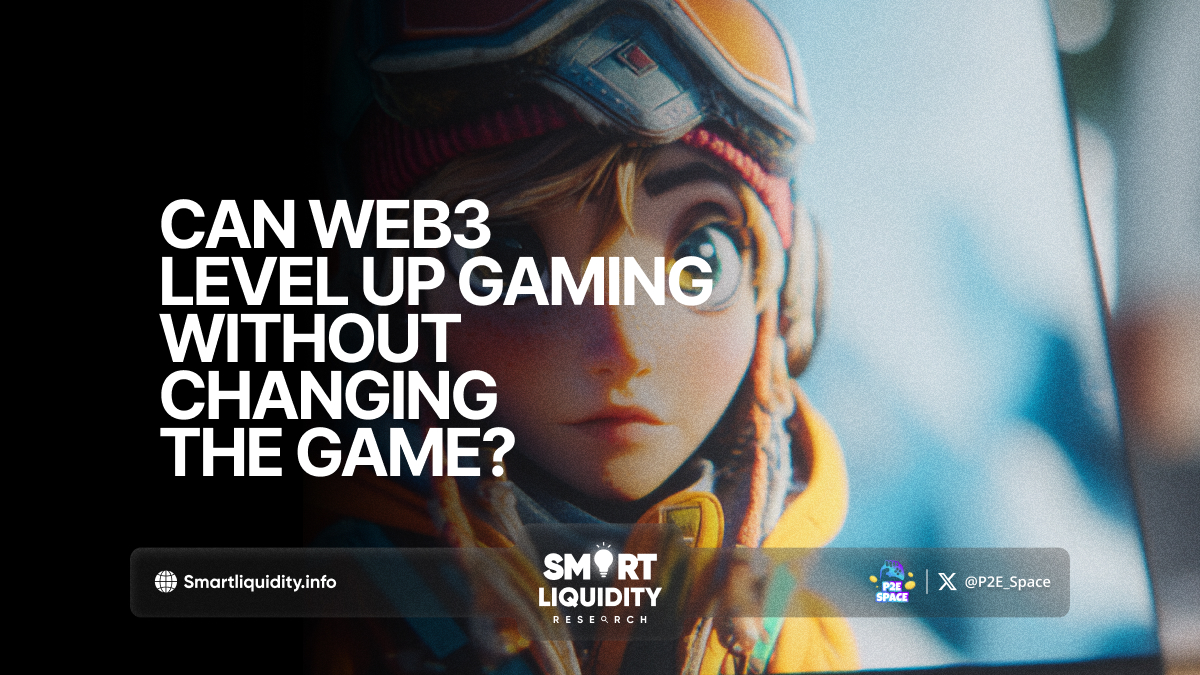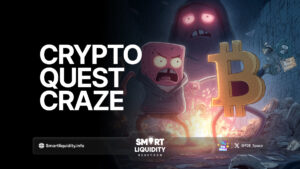Can Web3 Level Up Gaming Without Changing the Game?


In the ever-evolving digital universe, Web3 is no longer a distant whisper—it’s a tidal wave sweeping across industries. But when it comes to gaming, the question isn’t whether Web3 can change the game. It’s deeper: Can it enhance what already works without disrupting what players love most?
Gaming as We Know It
For decades, gamers have thrived in ecosystems carefully crafted by developers: epic storylines, fast-paced mechanics, leaderboard glory, and skin-deep personalization. From console showdowns to mobile brawls, the magic lies in familiarity and fine-tuned gameplay loops.
Players don’t want their favorite shooters, MOBAs, or RPGs broken apart by blockchain jargon, gas fees, or wallets. They want immersion, not interference.
So, where does Web3 fit?
Web3 as a Silent Upgrade
What if Web3’s power didn’t come from changing games, but from making them better behind the scenes?
Here’s how:
True Digital Ownership
Imagine owning that rare sword or skin—not just in-game, but on-chain. Trade it, rent it, or show it off across platforms. No middlemen. No gatekeeping.Player-Driven Economies
Say goodbye to black markets. Web3 allows secure, transparent peer-to-peer trades and the rise of earn-to-play models that reward time, skill, and creativity.Cross-Game Interoperability
What if your assets moved with you between games like your gamer tag? Web3 makes portable identities and universal inventories possible.DAO Governance for Games
Players vote. Developers listen. With decentralized governance, communities shape the future of games they love—without needing to riot on Reddit.
Keeping the Core Gameplay Untouched
The secret sauce? Don’t touch the gameplay.
Web3 doesn’t need to reinvent combat mechanics or storytelling to make a mark. Instead, it offers invisible upgrades—ownership layers, new reward systems, and economic freedom—while the gameplay loop remains fluid, fast, and familiar.
When done right, Web3 is felt, not forced.
The Balance Challenge
Of course, integration isn’t without friction. Onboarding, wallet creation, and UX hurdles must be smoothed out to avoid alienating traditional gamers. No one wants to fumble through seed phrases when all they want is to get to the next level.
The key is seamless integration, where blockchain benefits are embedded subtly, letting users experience the perks without needing to understand the protocol.
Conclusion: Evolution, Not Disruption
Web3 doesn’t have to change the game to level it up. It just needs to enhance it—quietly, powerfully, and respectfully.
If developers can nail the balance between innovation and immersion, we may be on the brink of a golden age where players don’t just play the game—they own it, shape it, and thrive within it.
REQUEST AN ARTICLE
Disclaimer: This article is for informational and educational purposes only and does not constitute financial, investment, or legal advice. Always conduct your own research before engaging with any Web3 platform, protocol, or digital asset.




